If you’re looking for a European destination off the beaten path, rich in history and culture, and boasting beautiful scenery, then Albania should be at the top of your list. Located in southeastern Europe, Albania offers visitors a unique experience that is difficult to find anywhere else. Albania has something for everyone, from the rugged coastline to the towering mountains. And, despite being less well-known than other European destinations, Albania is a country steeped in history and ancient traditions.
In this blog post, we’ll look closely at some of the most fascinating Albania facts and places to visit. Whether you’re looking to explore the country’s incredible natural scenery or immerse yourself in Albania’s rich cultural heritage, there are plenty of things to see and do here. We’ll also share tips on the best time to visit, how to get around, and what to expect from your trip to Albania.
1. Albania is a small country located in southeastern Europe.
Albania is a small country in southeastern Europe, bordered by Montenegro, Kosovo, North Macedonia, and Greece. Albania is a small country with a vibrant culture, a mix of indigenous, Greek, Roman, Ottoman, and Italian influences. Its history is also diverse and rooted in antiquity. Albania was once home to the Illyrian tribes before the arrival of the Romans and is believed to have been part of the Byzantine Empire. The country was split into various principalities in the Middle Ages and came under Ottoman rule in the 15th century. The country gained independence in 1912. Albania tourism is rapidly emerging as more people discover its unique beauty, culture, and history. The country boasts beautiful beaches along the Adriatic and Ionian Seas, stunning mountain ranges, and Valbona National Park. Albania’s demographics include over 3 million people, with Albanians being the dominant ethnic group and Albanian and Greek being the most widely spoken languages.
2. It is bordered by Montenegro, Kosovo, North Macedonia, and Greece.
Albania is a small, mountainous country located in Southeastern Europe. It is bordered by Montenegro to the northwest, Kosovo to the northeast, North Macedonia to the east, and Greece to the south and southeast. The country has a rich and varied landscape, scenic coastlines, pristine lakes, and high mountain ranges. Albania also has a fascinating history and culture shaped by various influences over the centuries. Its population of around 2.9 million comprises several ethnic groups, with the majority being Albanians. The country offers many tourism opportunities, from exploring ancient ruins and UNESCO World Heritage sites to enjoying outdoor adventure activities and experiencing Albanian hospitality and cuisine.
3. Albania’s capital is Tirana, with a population of 2.9 million.
Albania is a small country in southeastern Europe, and its capital is Tirana, located in the central-western part of the country. Tirana is the largest city in Albania, with a population of around 900,000, making up a significant portion of the country’s total population of 2.9 million. Albania is a fascinating blend of cultures shaped by its rich history and unique geographic location. Its history dates back to ancient times, as it was home to the old Illyrian people. In the recent past, Albania was ruled by various empires, including the Ottomans, and it gained independence in 1912. Albania’s demographics are diverse, with a mix of Albanians, Greeks, and other minority groups. Today, Albania is emerging as a popular tourist destination due to its natural beauty, rich history, and cultural attractions. There are many places to visit in Albania, from the stunning beaches on the Adriatic Sea to the rugged mountains and historic cities.
4. The official language is Albanian, and the currency is the Albanian lek.
Albania is located in Southeast Europe, bordered by Montenegro to the northwest, Kosovo to the northeast, North Macedonia to the east, Greece to the south, and the Adriatic and Ionian Seas to the west. The official language of Albania is Albanian, which is spoken by most of the population. The Albanian lek is the official currency used in Albania and has been in circulation since 1926. Albania boasts a rich history, culture, and demographics worth exploring. Visitors interested in Albania tourism will find that the country offers a variety of stunning natural landscapes, including stunning beaches, lakes, mountains, and forests. Albania’s history is full of intrigue and wonder, from ancient sites to medieval castles. At the same time, its culture is filled with delicious food, dance, and music that are unique to this small but enchanting country.
5. Albania is known for its stunning beaches along the Adriatic and Ionian Seas.
Albania is a popular tourist destination, attracting visitors from all over the world with its beautiful beaches along the Adriatic and Ionian Seas. The country is known for its crystal clear waters and unspoiled coastline, making it an ideal destination for beach lovers. The beaches are also surrounded by rugged mountains and lush greenery, providing a picturesque setting for tourists. Albania’s tourism has seen a notable increase in recent years, making the country an up-and-coming player in the European tourism market. The beaches are just one aspect of Albania’s vast culture and history, which dates back to ancient times. Albania’s history is evident in its architecture and landmarks, such as the ancient ruins of Butrint, a World Heritage Site since 1992. Albania’s demographics show a population of over 2.8 million, with ethnic Albanians making up most of the people. With its stunning beaches, rich culture, and fascinating history, Albania is a destination that should not be missed.
6. Popular attractions to visit include the ancient city of Butrint, the Blue Eye natural spring, and the archaeological site of Apollonia.
With its rich history and culture, Albania offers many attractions for tourists to explore. Among the most popular are the ancient city of Butrint, the Blue Eye natural spring, and the archaeological site of Apollonia. The ancient city of Butrint, located in southern Albania, is a UNESCO World Heritage Site and is considered one of the most important archaeological sites in the Mediterranean region. The Blue Eye natural spring, situated near Saranda, is renowned for its crystal-clear waters and stunning blue color and is a favorite among locals and visitors. The archaeological site of Apollonia, located in central Albania, dates back to the 6th century BC and is home to ancient ruins of temples, theatres, and other structures from the Hellenistic and Roman periods. These three attractions are just a few examples of the many historical and natural sites that make Albania a must-visit destination for travelers seeking to explore the rich cultural heritage of the Balkans.
7. Nature lovers can explore the Albanian Alps, Valbona Valley, and Lake Ohrid.
Albania boasts some of Europe’s most stunning natural landscapes, and nature lovers will be thrilled to explore the Albanian Alps, Valbona Valley, and Lake Ohrid. The Albanian Alps, known as the Accursed Mountains, offer breathtaking views of snow-capped peaks, pristine lakes, and expansive valleys. The Valbona Valley National Park is a haven for hikers, with trails leading to hidden waterfalls and breathtaking vistas. Lake Ohrid, which straddles the border of Albania and North Macedonia, is one of the oldest and deepest lakes in Europe and home to unique endemic species of flora and fauna. Albania’s tourism has seen an increase in recent years due, in part, to the country’s natural beauty. Visitors can also gain insights into the country’s culture, history, and demographics by exploring these natural wonders.
8. Other popular activities include rafting, paragliding, and exploring the traditional villages.
Albania tourism is not limited to beautiful beaches and stunning mountains but also to the thrilling activities it offers, including rafting, paragliding, and exploring the traditional villages. Albania’s tourism has been on the rise in recent years, and while there are many reasons for this, it is undoubtedly due to the country’s rich culture, history, and demographics. Adventure travelers are drawn to Albania for its exciting outdoor activities, such as rafting down the Vjosa River or paragliding over the Albanian Alps. For those who prefer a more relaxed pace, exploring the traditional villages and learning about the local customs is a must. Whether you’re seeking excitement or want to immerse yourself in Albanian culture, plenty of activities keep you entertained.
In conclusion, Albania remains an underrated travel destination with a rich history, stunning landscapes, and a hospitable culture. From the historic city of Berat to the beaches of the Albanian Riviera, the country offers a diverse range of attractions for every type of traveler. Its affordability and friendly locals make it an appealing destination for backpackers and budget travelers. Albania is a must-visit destination for anyone seeking to experience a unique blend of history, culture, food, and nature.
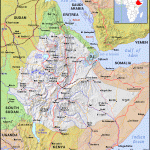
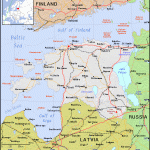
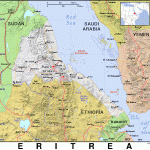
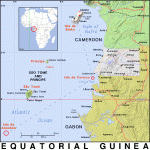
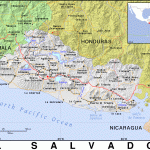
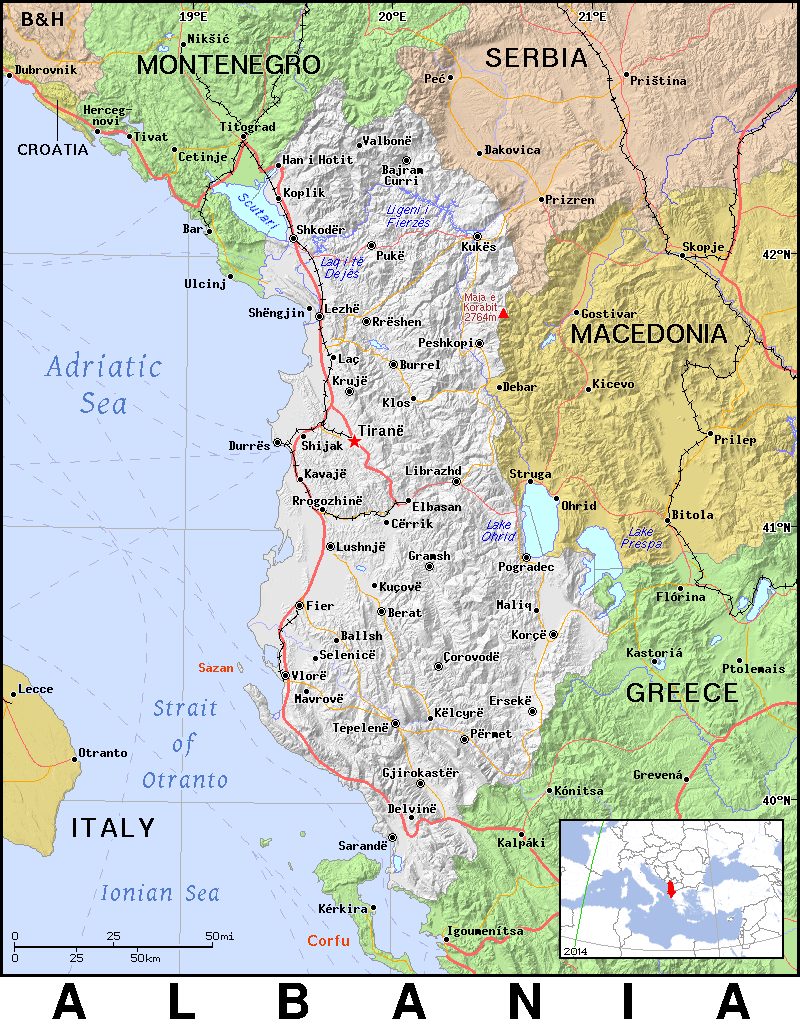
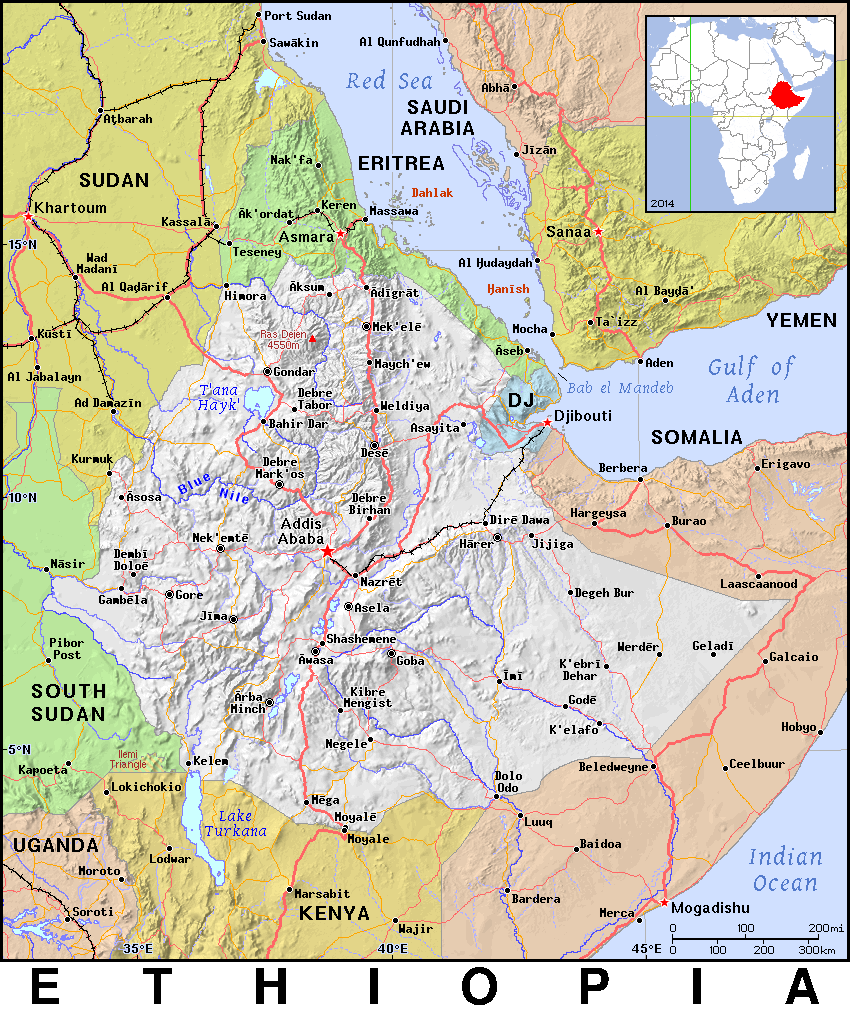
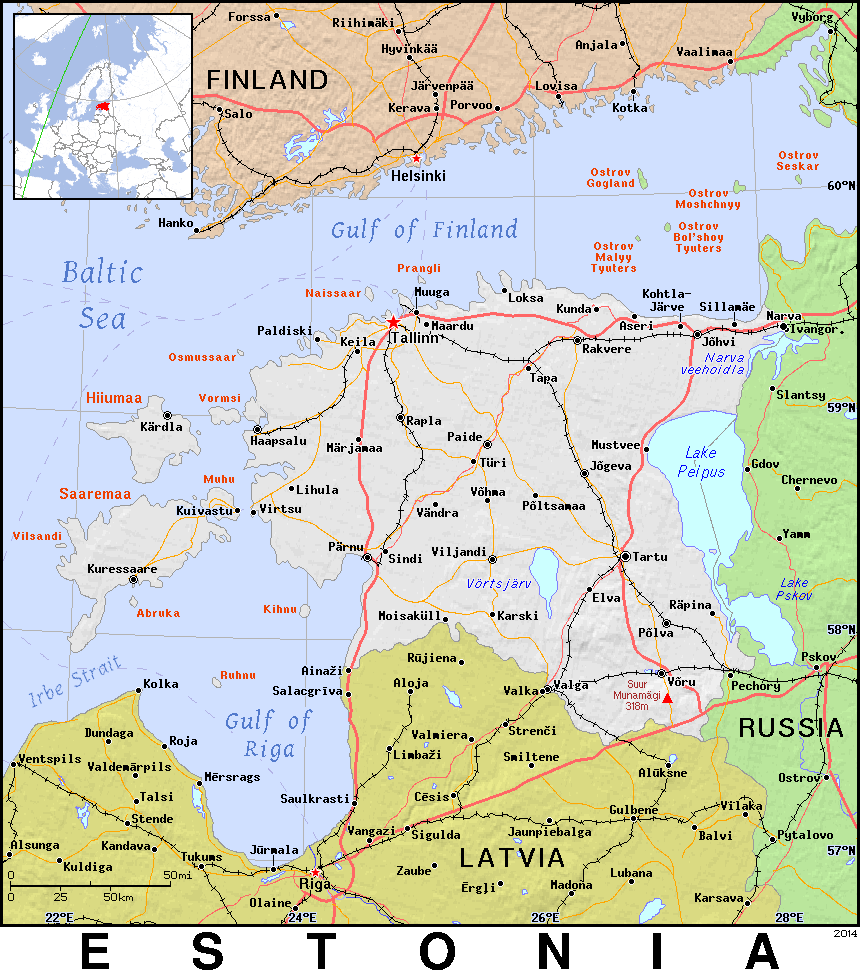
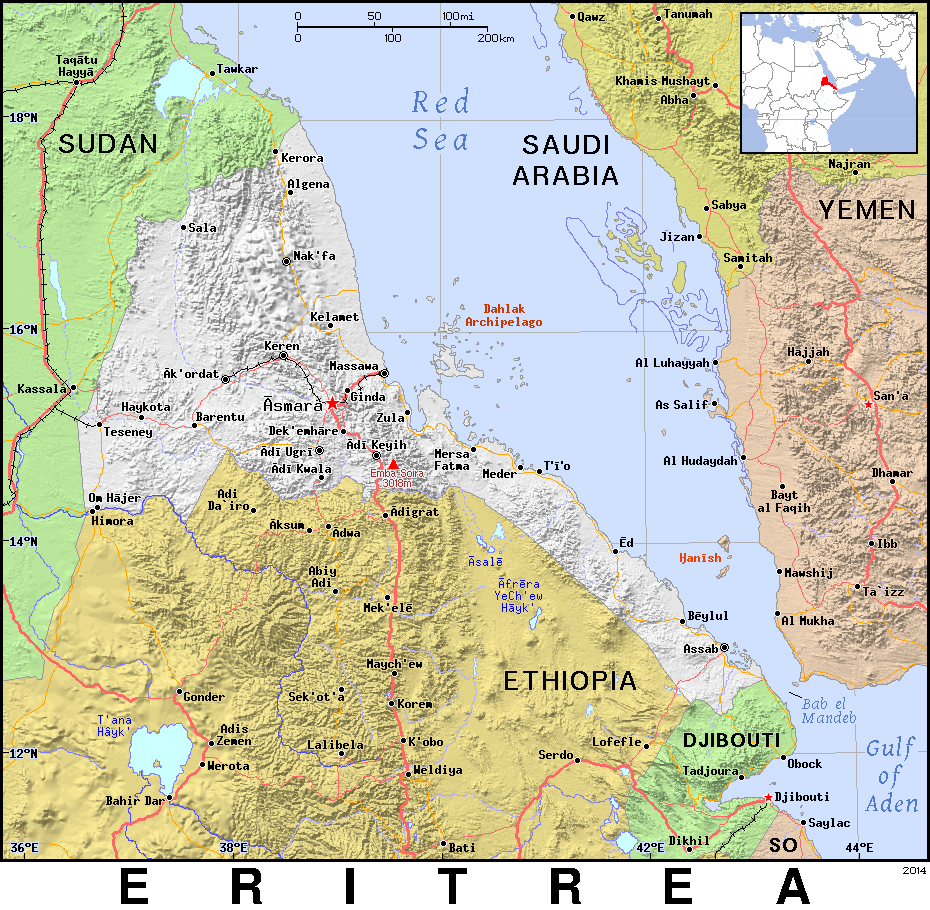
One thought on “Albania Facts and Places to Visit”